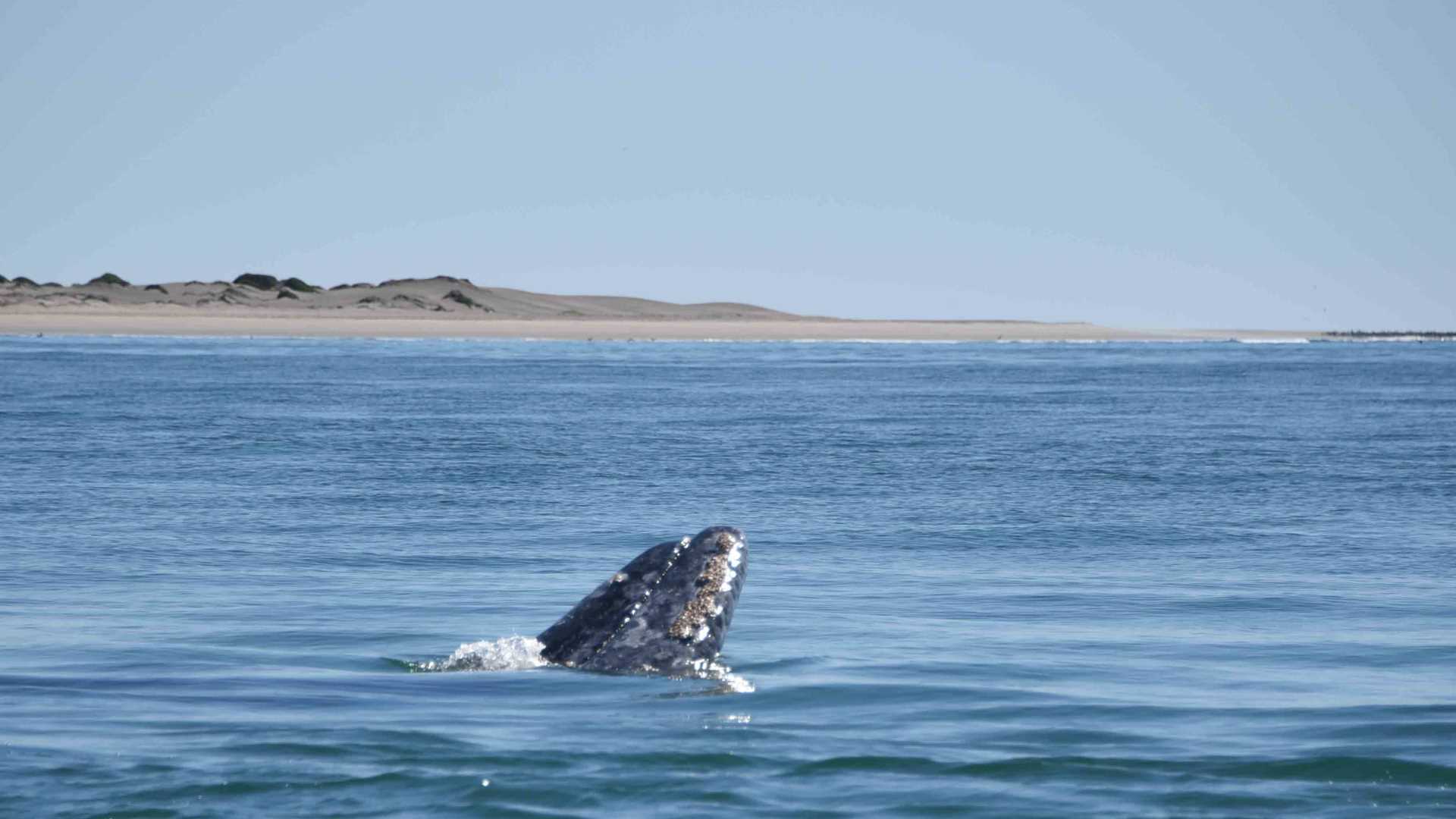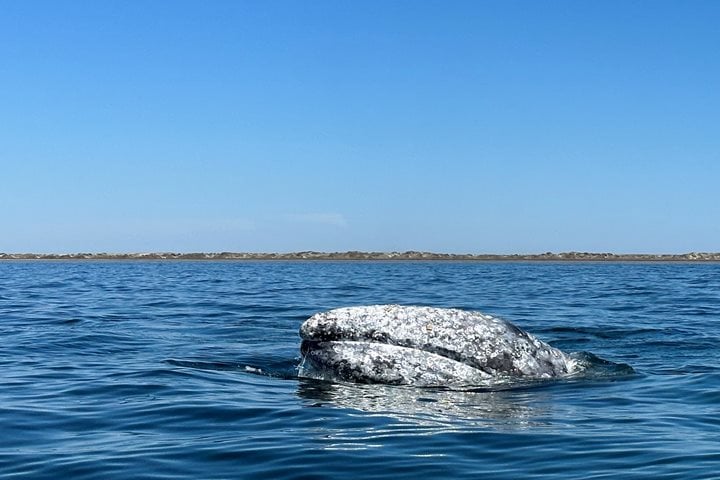It was a gorgeous time with the grey whales at Bahia Almejas and a wonderful way to start our expedition! We loaded into pangas and went exploring the southernmost section of Magdalena Bay. The grey whales swim all the way down from the rich feeding waters of Alaska and use three specific areas in Baja California for breeding. The protected shallow bays create perfect mating grounds and a nursery for young calves and mothers. In the afternoon the ship remained in its morning anchorage as we went ashore to the beach of Isla Santa Margarita.
Call +1.800.397.3348 or contact your travel advisor







